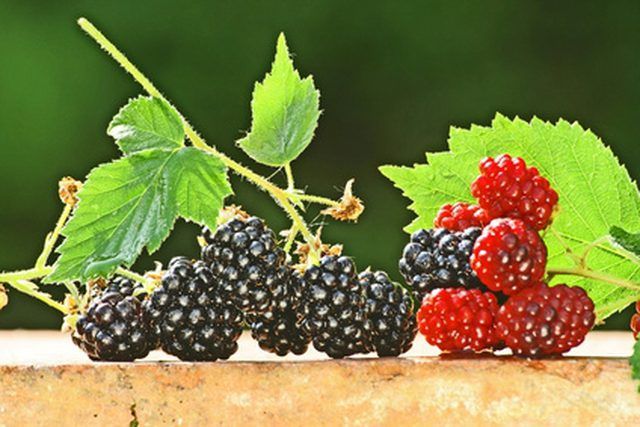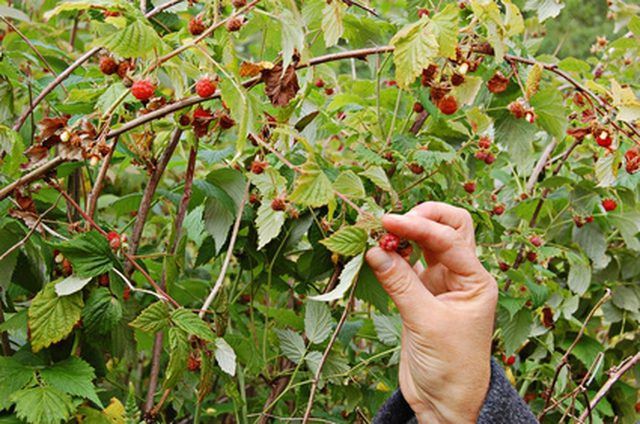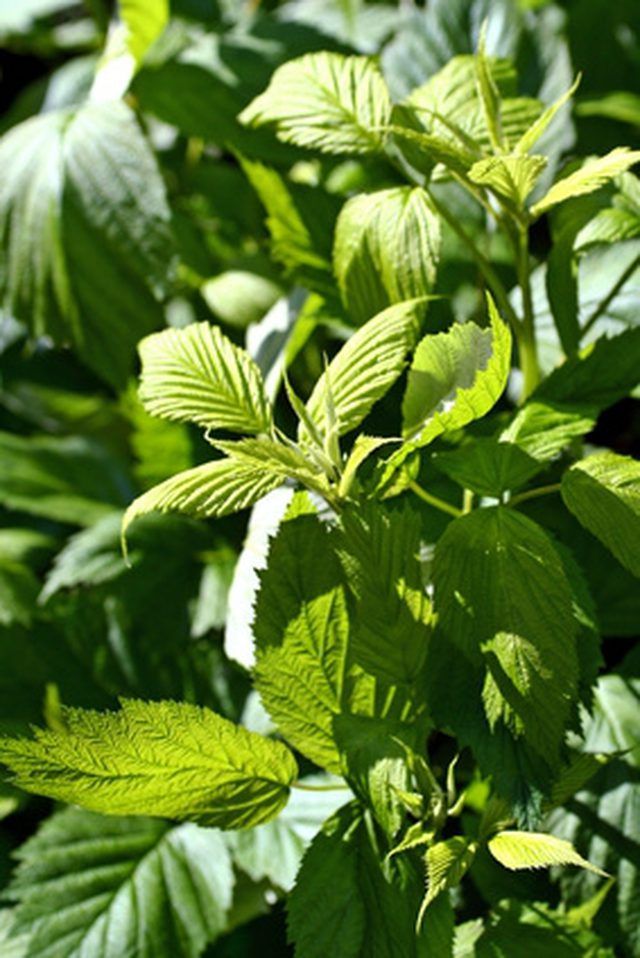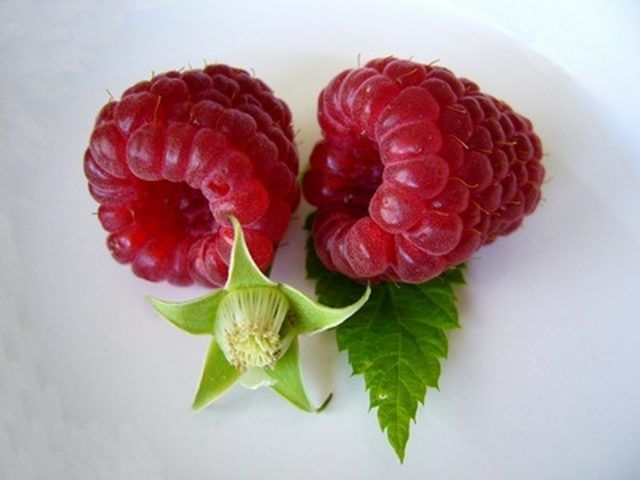Bulbs
Flower Basics
Flower Beds & Specialty Gardens
Flower Garden
Garden Furniture
Garden Gnomes
Garden Seeds
Garden Sheds
Garden Statues
Garden Tools & Supplies
Gardening Basics
Green & Organic
Groundcovers & Vines
Growing Annuals
Growing Basil
Growing Beans
Growing Berries
Growing Blueberries
Growing Cactus
Growing Corn
Growing Cotton
Growing Edibles
Growing Flowers
Growing Garlic
Growing Grapes
Growing Grass
Growing Herbs
Growing Jasmine
Growing Mint
Growing Mushrooms
Orchids
Growing Peanuts
Growing Perennials
Growing Plants
Growing Rosemary
Growing Roses
Growing Strawberries
Growing Sunflowers
Growing Thyme
Growing Tomatoes
Growing Tulips
Growing Vegetables
Herb Basics
Herb Garden
Indoor Growing
Landscaping Basics
Landscaping Patios
Landscaping Plants
Landscaping Shrubs
Landscaping Trees
Landscaping Walks & Pathways
Lawn Basics
Lawn Maintenance
Lawn Mowers
Lawn Ornaments
Lawn Planting
Lawn Tools
Outdoor Growing
Overall Landscape Planning
Pests, Weeds & Problems
Plant Basics
Rock Garden
Rose Garden
Shrubs
Soil
Specialty Gardens
Trees
Vegetable Garden
Yard Maintenance
How to Identify Raspberry Plants
How to Identify Raspberry Plants. Raspberries are the hardiest of cane berries and are a well-known type of bramble berry. They are closely related to the blackberries and various varieties of blackberries, known as dewberries. The most common raspberry variety, and the easiest to identify, is the red raspberry. Identify other varieties such as...

Raspberries are the hardiest of cane berries and are a well-known type of bramble berry. They are closely related to the blackberries and various varieties of blackberries, known as dewberries. The most common raspberry variety, and the easiest to identify, is the red raspberry. Identify other varieties such as red, yellow, purple and black varieties and distinguish them from blackberry varieties by examining the berries themselves.
Distinguishing Raspberry Plants from other Berry Plants
Consider the location. Raspberries are hardy to cold weather, require cold winters and prefer a cool, long spring. Some varieties of raspberries will grow in southern states; however, they do not like the high summer heat and are more likely to be found in the northern states and Pacific Coast. Some home gardeners are able to successfully grow raspberries in climates with high heat but raspberries are rarely found in the wild.

Examine the leaves and stems. Raspberry leaves are split into three to five leaflets that spread apart, the largest one being in the center. The edges of the leaves are finely serrated, and the bottom center spine has small hair-like thorns. The stems, or canes, of the raspberry grow upright, partially vertical or trail in many different directions depending on the specific variety. The canes are covered with thorns, smaller and more flexible than that of blackberries and other thorny shrubs.

Identify and pick the berries. A whole raspberry is made up of several small berries gathered together to form the raspberry. Raspberries grow in red, yellow, purple and black varieties with red raspberry varieties being the most common. Unlike blackberries, dewberries and other types of bramble berries, picked ripe raspberries do not contain the core. Pick a ripe berry and if the core remains it is not a raspberry. Raspberries are the only bramble berry type that pulls free of the core; the center will remain hollow.
